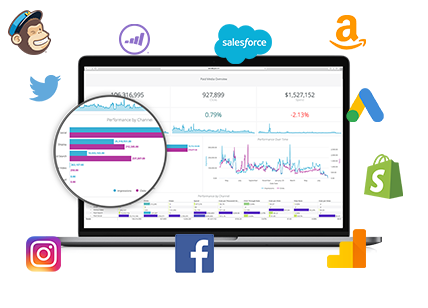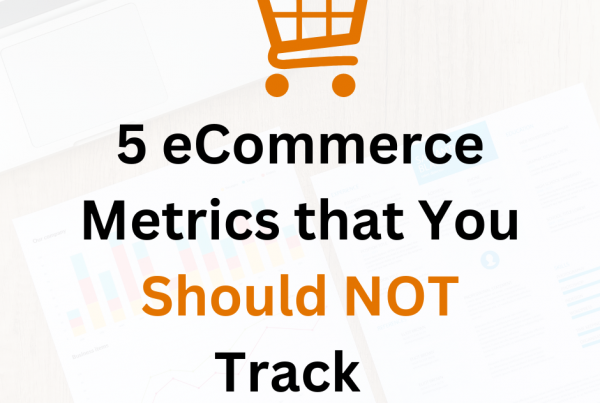Do You Have A Data Problem?
Most marketers today do. With traditional and digital marketing becoming one, marketers are inundated with so much data. This includes web data (page views, clicks, signups), ad data (impressions, CPM, frequency, CPC), email data (open rate, unsubscribe rate, engagement) and more.
This doesn’t include a CRM, which hosts information on all your prospects and leads, acting as the heavyweight in gathering all customer contact information. How can the average marketer create a complete blueprint of who their customer is and where they come from?
How can the average marketer create a complete blueprint of who their customer is and where they come from?
How Can You Solve This Problem?
First, it’s extremely important for companies to have all their data in one place. This is why companies like Facebook have large data farms where they store every single click their users have made. This data is invaluable to online advertisers, who are hungry to know exactly who their customer is and what they do online.
Because marketers spend a large amount of time making campaigns and analyzing their performance, they typically only see data on a need-to-know basis. Maybe they go back for a holistic review at the end of each quarter, but there is no one storing, managing and analyzing that data on a regular basis. In fact, very few marketers know what Amazon Redshift or Microsoft Azure is.
The closest marketers get to a data warehousing technology like Redshift or Azure is a CRM. A CRM is a go-to place for marketers who need to look at what’s been updated on a prospect or client. Albeit, this is on a much smaller scale. In the case of advanced changes to your CRM, often Salesforce experts are needed, who charge a very high price and can be costly when used repeatedly. Additionally, a CRM is only designed to handle customer data, not web data or other types.
Why A Data Warehouse Beats A CRM, Every Time
- Update-Driven Approach
- Everything In One Place
- Consistency
For those that need more reasons why a data warehouse beats anything similar (like a CRM), here is why investing in one is cost-effective and leads to better decision making.
Update-Driven Approach
A data warehouse today provides an update-driven approach rather than a traditional query-based approach used in the past. This means that data is stored in advance for direct analysis at any given point in time. This saves time because the data is cleaned as it comes through, not as marketers need it. This is the ideal way to store data for the long run.
Everything In One Place
This is one of the biggest advantages to a data warehouse. Instead of looking through multiple sources of data from different platforms, all your data is in one place. It is especially important since marketing technology changes at a dizzying pace. If your business wants to switch to another platform, you can rest knowing your previous data is fluid. This makes your company more agile in the long run.
Consistency
The best part of using a data warehouse is the consistency. Every data source that your company pulls from to make decisions is not formatted in the same way. With a data warehouse, all of this information is cleaned of errors, translated into the same format and safely housed month after month.
How A Data Warehouse Can Help Your Company: A Means To An End
The hardest part of getting insights and answering business questions is gathering the data, storing and cleaning it. The platforms might be simple as Excel or as complex as a CRM. This manual sifting is a painstaking process, but if done right, can reap multiple returns. Then you’ll be able to more accurately answer questions the C-suite has about how marketing is helping the bottom line.
This is the main goal of data warehousing. To turn the messy, unstructured data your company has into a streamlined and organized system ready for use at anytime. It’s a huge part of any successful data strategy. Any data analyst or scientist worth their salt knows their analysis is only as good as the data they’re given.
The medium to large sized companies that need data warehousing have large amounts of data from different sources. It takes experienced data architects and analysts to sort it using data management best practices and programming knowledge. As an organization gets larger and messier, having a data warehouse becomes a necessity for efficient organization.
Next Steps
The companies that have adopted this approach have seen proven benefits, and this is where the future is headed. If any of this sounds interesting and like the next step for your company, give PenPath a call.
We’re digital marketers by nature and analysts by trade. We understand digital marketing and specifically work with marketing companies to get their data strategy right.
Unlike consultants who come in to just make quick changes, we’ll come up with a long-term, customized data strategy. We’ll also be available for any questions or complications that arise during the process, guiding you the entire way.
We’ll be more than happy to give you more information and set you up for success.







